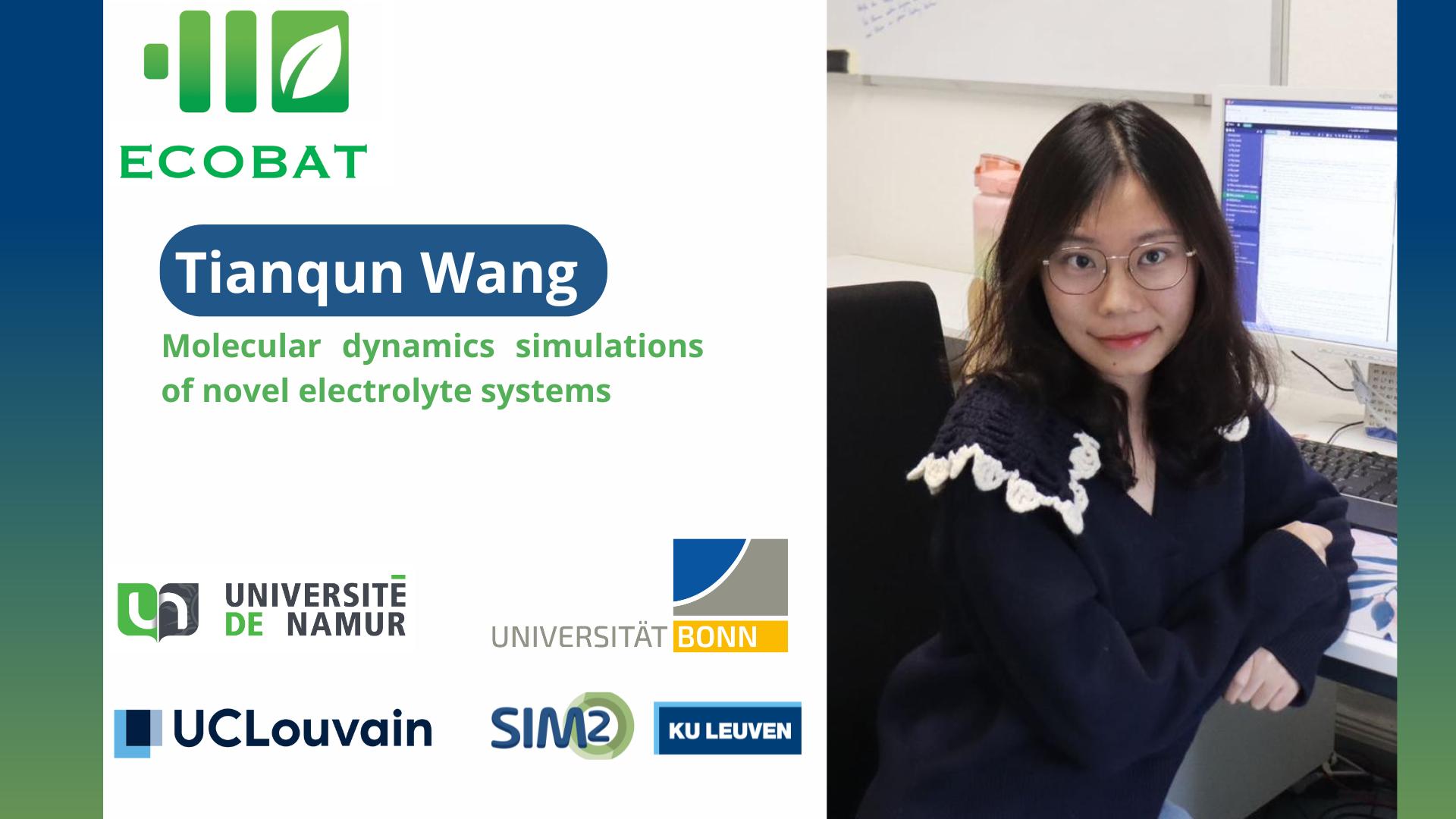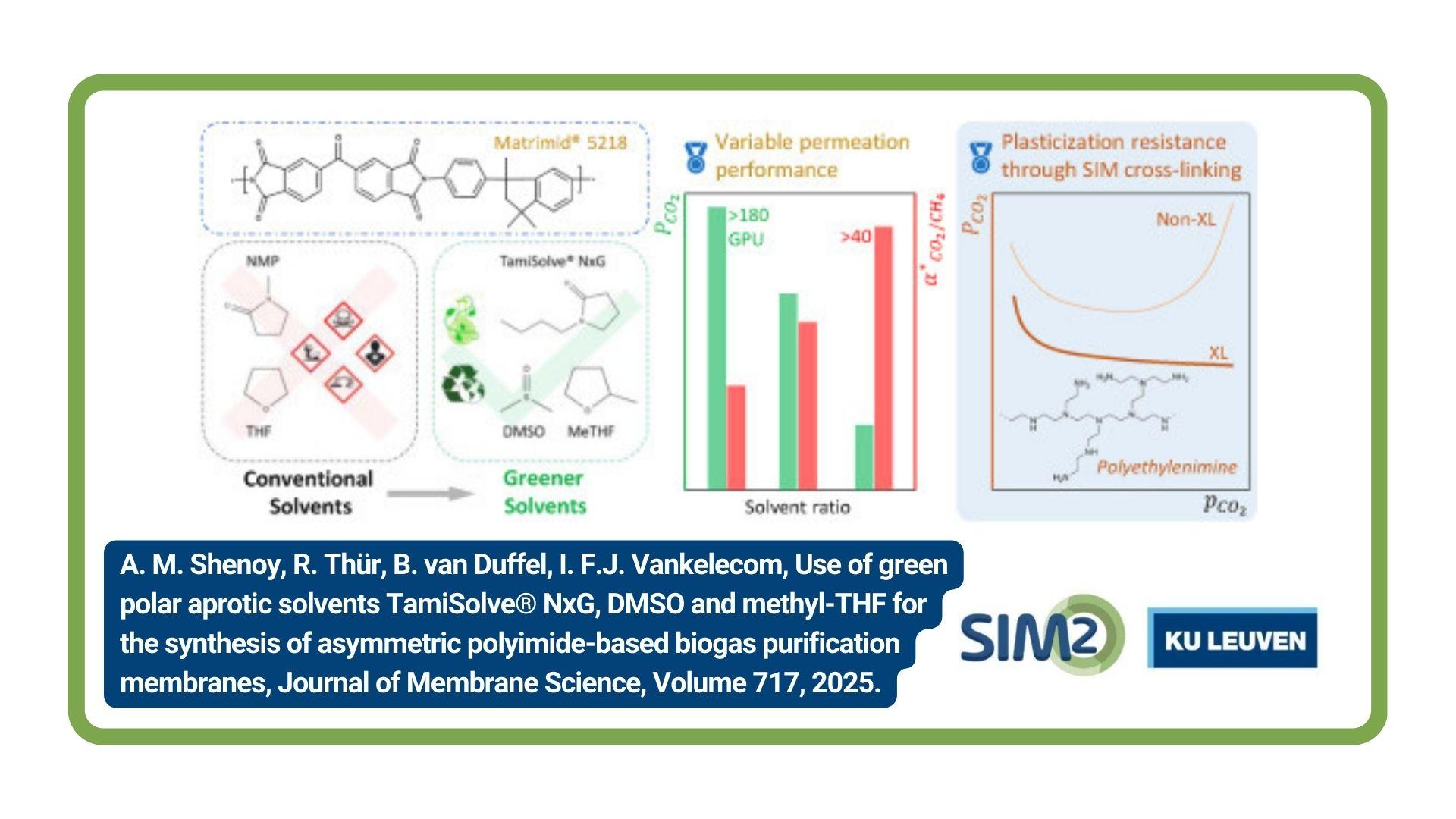Communicating science can be done in many ways: presenting research results or a poster at a conference, talking with your friends and family, or even blogging about science. Through short videos, as well, it is possible for scientists to engage in science communication and outreach to the general public. A number of people –13,573 to be exact– have watched our project video, and many have commented that they appreciate it. But I am always surprised by this response. We made the video in the MTM lab in the early morning hours in Leuven, and on a pretty small budget. And apparently it’s been very influential! In fact, our well-received DEMETER project video (https://vimeo.com/180175180) has won its second award in relation to communication in science in a post fact world. The EU4Facts Annual Conference was held to herald the role of science in times of fake news and ‘alternative facts’ (https://ec.europa.eu/jrc/en/eu4facts). (The first award was presented by the MSCA ITN Coordinator Info Day as the Best Practices promotional video http://etn-demeter.eu/demeter-video-best-practice-brussels-12-12-16/ ). The prize for the award was an opportunity to visit the European Commission’s Joint Research Center (JRC) in Ispra, Italy. You can watch the video made about my two-day experience here:
Last week, the DG JRC and several of its units hosted me so I could experience what it was like to be a scientist working at the JRC. Here I highlight the take-aways from my special 2 day shadowing visit with: Dr. Carsten Grüning (Air and Climate Unit) and Prof. Gian-Andrea Blengini and Dr. Fabrice Mathieux (Land Resources Unit) and Dr. Cristina Galassi (Sustainable Transport Unit ) and Dr. Serenella Sala (Bio-economy Unit).
Three take-aways from my visit at JRC
- Energy and Transport
Galassi and her team talked about the importance of testing when it comes to compliance and certification. A majority of their testing is done during the “use phase” of the (electric) vehicle. They test the battery–the effect of temperature, safety aspects, etc–for both the Smart Grid and electric/hybrid vehicles. They are not yet addressing the problem of recycling because it’s too data-intensive for the moment. Although I learned that this is being addressed in another unit at the JRC.
One of the most exciting things I saw at the JRC was the SMART GRID manufacturing area, which allows you to simulate different grid mixes. The premise is that you have an iPad or a computer and you can visibly see the energy grid of your house live and in action. This allows you to control the use of the electricity and/or car battery and distribute the use for other purposes.
A word I heard a lot throughout the visit was “harmonization” or “harmonization of standards.” The idea is that the different systems (international or not) should be able to operate together. The US Department of Energy and JRC have a transatlantic collaboration toward global e-mobility and smart grid harmonization. The aim of this project is to foster collaboration between EU and US to establish standards and create a single market for EVs.
The VeLA 8 and 9- Electric and hybrid vehicles testing facility was built for this purpose. In VeLA 8 climatic chamber one can test vehicles at ambient temperatures in the range @-30C and +50C ; at ANL the range is -17/+35C, with solar emulation lamps. These JRC technology results are then given to policy makers which have a real world impact on vehicle emissions. For example, in 2015 a fleet of VW diesel-engine cars were reported to have cheated on emissions controls by shutting off pollution controls except when the cars were being tested; 8.5 million of those cars were sold in Europe. Thus, the real driving emission (RDE) testing procedure was born. Starting in 2019, each car registered in the EU should undergo new RDE conditions. In addition, regarding better communication, Galassi’s group will continue to develop other ways to inform the consumer on how to best use the vehicles, particularly when in the charging stations
- Air and Climate
Grüning debunks misconceptions regarding air pollution and global emissions. Many people believe that the bigger the particle size the bigger the pollution (and health) problem; however, as Grüning reveals, that’s not necessarily the case. He asserts that more often it’s the small particles which are worse for the environment. For example, he states “particles from diesel engines are effectively filtered by filter systems deployed in modern diesel cars.”
Westerners tend to “export” their environmental pollutions to other parts of the world. Generally these people are okay with polluting other countries as long as it’s “not in my backyard.” However, as Grüning unveils, it is a gross error to believe that borders exist for air pollution. “Emissions travel globally” Grüning continues, “on the northern hemisphere from the West to the East.” For instance, radiation tracers found on W. California coastline after Fukushimi disaster points to the fact that emissions in water travel globally, as well.
EU regulations currently limit the amount of certain substances allowed to be emitted to the environment. The European Commission is a member the Convention on Long-range Transboundary Air Pollution and thus takes part in the EMEP monitoring program (www.emep.int) with the station in Ispra. Below is a photo of the Atmospheric Observatory Tower in Ispra, which takes some of these measurements. The Air and Climate Unit will continue to organize laboratory intercomparison exercises and potentially suggest other labs how to harmonize measurements.
- LCA + criticality assessments turned into policy options:
Life cycle analysis (LCA) is a way for environmental scientists to clarify the environmental impacts of a material or product. A criticality assessment is a way to estimate the materials in a system using various dimensions related to supply risk and economic importance. LCA and criticality assessments are connected because LCA helps make people understand the seriousness of their materials/products impacts, and identify where their materials and their products are or are not sustainable. Criticality helps people understand where their materials are obtained which helps determine the sustainability of materials and their products.
The criticality assessments team focuses on raw materials—what dreams are made of–as their group motto goes. The Sustainable Land Resources Unit is tasked with creating the EU List of Critical Raw Materials every few years. Blengini and Mathieux’s dynamic team reminds policy makers to keep in mind the whole value chain. Upon the publication of the new circular economy technical report for Critical Raw Materials, they explained that “it’s important to understand a product-based approach.” They also wanted to emphasize that, “it’s difficult to compare different methodologies. “In particular, the EU List of Critical Raw Materials is rife with political ramifications, therefore their methodologies have a very high impact on our economy, our health, and our quality of life.
Moreover, I had the opportunity to see in action what it was like to formulate and use these types assessments to inform policy. Sala introduced her work and the work of her colleagues to me by presenting their five-year-long project called,” Environmental Consumption in the EU.” Using LCA as a reference methodology, Sala’s team determined the baseline for assessing eco-innovation and its impacts on policy. Through their research and analysis on consumption trends, patterns and scenarios for food and housing, mobility and household goods, they were able to take the temperature to see whether certain eco policies were making the “global fever” go up or down.
Basically, the results of the LCA show that a lot of the impacts are linked to consumer behavior. That is, technological innovation can only do so much to diminish environmental burdens. Therefore, consumer behavior needs to be driven by more policies. This is a major shift in thinking! We tend to rely on technologies to compensate for flippant consumer behavior, but in reality, they don’t even begin to cancel out.
Witnessing how LCA results could be used to inform eco policies really inspired me to communicate my science even more. In the academic world, you often have the impression that you publish works which no one reads, and therefore doesn’t have much of a permeating outcome. Moreover, the concept of fake news and alternative facts are becoming alarmingly omnipresent, and it feels like our perspectives as scientists are being dismissed. However, spending a day in the life of scientists at the JRC demonstrated to me that it’s possible to have the results of my work make an impact on someone someday. The JRC’s initiatives are activating: they build confidence in a early career researcher like myself by reminding me that I could potentially make a difference.
Grazie mille again to the organizers at the JRC and EU4Facts! I feel so lucky to have been given a glimpse into the significant impact that JRC scientists have while contributing to collaborative research projects, advising the European Commission, and communicating science.
This article appeared first on www.etn-demeter.eu website.










